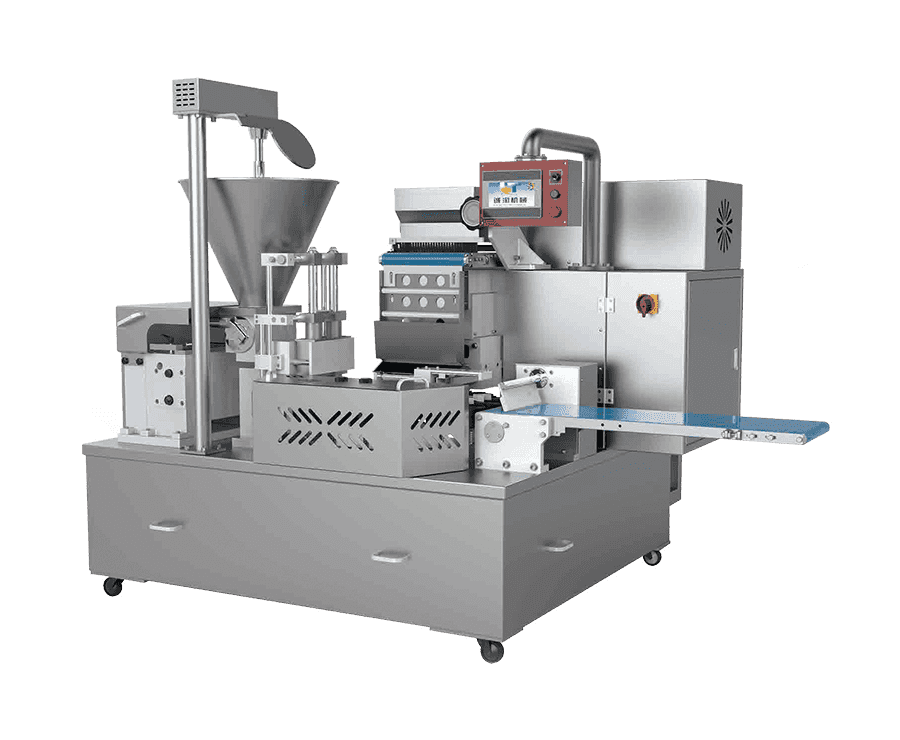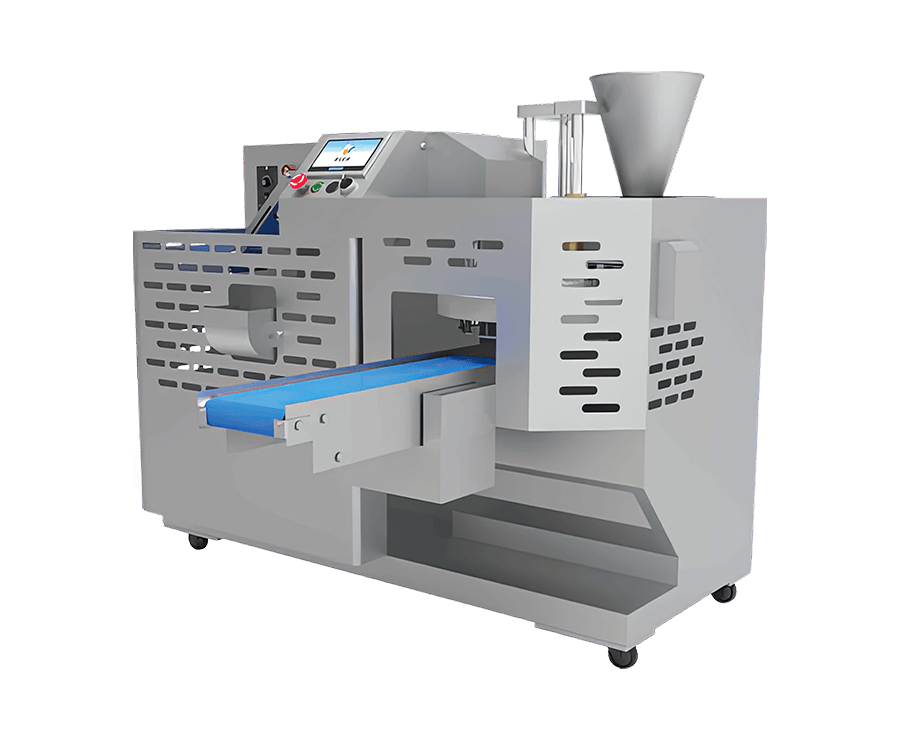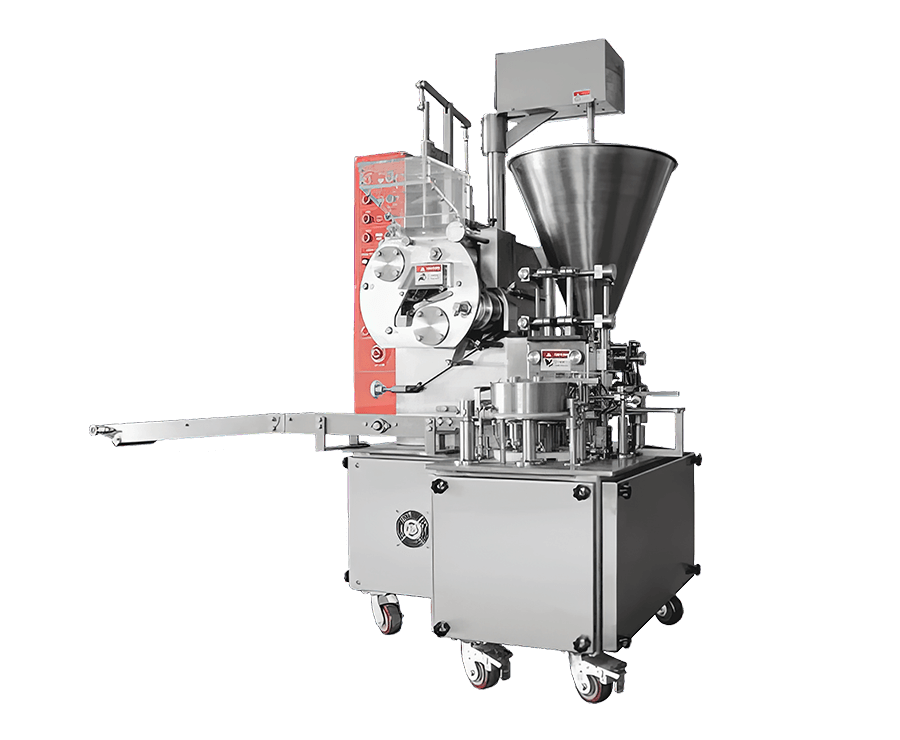What are Swallowtail Wontons — Recipe, Folding Technique, and Can They Be Mass-Produced?
What are swallowtail wontons?
Swallowtail wontons are a shaped variety of Chinese wonton whose folded appearance resembles a bird’s tail or a small butterfly — a wide body with two thin, flared “tails” that meet or overlap. They are typically made from square or slightly rectangular wrappers and a modest amount of filling so the thin tail sections can be stretched and pinched to create the signature look. Swallowtail wontons are served in soup, lightly fried, or sometimes steamed depending on the regional recipe and textural preference.
Key ingredients and wrapper basics
Typical ingredients are straightforward: ground pork (or shrimp/chicken/vegetable mix), aromatics (ginger, scallion, garlic), light seasoning (salt, soy sauce, sesame oil), and an optional binder (egg white or cornstarch). Wrappers should be thin and flexible — either store-bought square wonton skins or freshly rolled dough cut to square/rectangular pieces. For industrial production, dough specifications (protein, hydration, rolling thickness) are set to ensure consistent stretching for the swallowtail shape.
Step-by-step: How to fold a swallowtail wonton (hand method)
Below is a practical folding method you can practice at home. Work with one wrapper at a time and keep a damp towel over unused skins to stop drying.
1. Portion the filling
Spoon about 1 teaspoon (≈5–8 g) of filling off-center toward one corner of a square wrapper. Too much filling makes shaping difficult.
2. Pre-moisten and fold the body
Brush a little water on the two edges that will seal. Fold the wrapper over the filling to form an initial triangular or small pouch so the filling sits near the center but leaves two opposite corners free to form tails.
3. Shape the swallowtail
Pinch the two free corners into thin “tails”: stretch them slightly outward, press the base where they join the body so the tails fan like a swallow’s tail. You can twist the tails once or overlap them and press to secure — the goal is thin, tapered wings/tails that remain delicate after cooking.
4. Final sealing and resting
Make a final seal at the base so no filling escapes. Rest shaped wontons 5–10 minutes on a lightly floured tray (or refrigerated if storing), then cook as desired.
Cooking methods and timings
- Boiling (soup): 2–4 minutes in gently boiling broth or water until wrapper becomes translucent and filling is cooked through (internal temp ≈ 74°C / 165°F).
- Pan-fry then steam (potsticker style): sear 1–2 minutes until golden, add 1–2 tbsp water and cover to steam 3–4 minutes.
- Deep-fry (crisp): 1.5–3 minutes in 170–180°C oil until tails are crisp — be careful, thin tails cook faster than the body.
Scaling up: can swallowtail wontons be mass-produced automatically?
Yes — swallowtail wontons can be mass-produced. There are commercial filling-and-forming machines and dedicated wonton/siomai machines that can shape specialized forms (including swallowtail/“swallow tail” styles) by using specific molds or tooling. Equipment ranges from small countertop semi-automatic press units to full production lines capable of thousands of pieces per hour. :contentReference[oaicite:0]{index=0}
Types of equipment and where they fit
| Scale | Typical machine | Throughput (example) | Use case |
|---|---|---|---|
| Home / small kitchen | Manual press or countertop dumpling maker | Dozens/hour | Restaurants testing menu items or small takeaways |
| Commercial / central kitchen | Semi-automatic forming machines (press + depositor) | Hundreds–low thousands/hour | Cafeterias, restaurants with medium demand |
| Industrial / frozen food | Fully automatic wonton forming lines with wrapper press, filling depositor, and folder | Thousands — multiple thousands to tens of thousands/hour (model dependent). Examples: 3,000–4,200/h and higher industrial models claim much greater rates). | Frozen wonton manufacturers, contract food producers. |
Industrial vendors advertise machines tuned for varying capacities; some production solutions list outputs in the low thousands per hour (e.g., an HWT-400 series at ~3,000–4,200 wontons/hour) while marketplaces/manufacturers show machines designed to scale much higher depending on the configuration. :contentReference[oaicite:1]{index=1}
Typical machine components and how they make the swallowtail shape
A commercial forming line commonly includes: dough feed / roller and cutter (makes wrappers or presses dough sheets), filling hopper and depositor (precisely meters filling), a forming/folding head (molds/folds the skin around filling), and an exit conveyor. To produce swallowtail geometry the forming head uses a shaped cavity or folding cams that pinch/extend two edges into thin tails and seal the base — tooling or interchangeable molds are used to change final shapes. Multipurpose forming machines can change molds to make won ton, siomai, ravioli, etc. :contentReference[oaicite:2]{index=2}
Practical steps to implement low-to-high volume production
- Prototype by hand to define exact wrapper size, fill weight, and tail style you want.
- Test with a semi-automatic press or countertop forming machine to confirm fill weights and handling (reduces upfront capex).
- Contact forming machine vendors with sample products — many vendors supply custom molds or can set machines to create swallowtail/siomai shapes; request sample runs and yield data.
- Scale to a fully automatic line when demand justifies equipment, space, and hygiene systems (freezer blast tunnels, packaging). Consider throughput, labor savings, and product specs when calculating ROI.
Vendor catalogs and manufacturer listings are useful starting points when shopping for machines; they typically show throughput and which shapes/molds a model supports. :contentReference[oaicite:3]{index=3}
Quality control, common issues, and fixes
- Tails tear during cooking — reduce filling amount, thin the tails less, or slightly increase wrapper hydration.
- Inconsistent filling weight — calibrate depositor settings and check viscous fillings for clogging; use starch-thickened binders if needed.
- Poor seal at base — increase edge moistening or adjust forming head pressure; in production lines, seal temperature/humidity and dough formulation affect sealing.
- Sanitation & cleanability — choose stainless surfaces and easy-open housings; frequent washdown and HACCP controls are critical in commercial setups.
Cost considerations and final tips
Entry cost ranges widely: small countertop or semi-automatic machines are affordable for small businesses (hundreds to a few thousand USD), while industrial lines (press, depositor, forming unit, conveyors, controls) run tens to hundreds of thousands USD depending on capacity and extras (custom tooling, automation, IoT monitoring). Before buying, run sample production to confirm that the chosen equipment reliably forms the swallowtail geometry you want. Vendors often provide demo videos, sample runs, and retrofit tooling options. :contentReference[oaicite:4]{index=4}
Quick checklist before automating swallowtail wonton production
- Defined product spec: wrapper dimensions, fill weight, tail thickness.
- Pilot runs on semi-auto equipment to validate yield and cook behavior.
- Hygiene plan and space/layout for automated line.
- Vendor selection with mold/tooling options and after-sales support.
Summary
Swallowtail wontons are a visually distinctive and quite practical wonton form. They are straightforward to make by hand and entirely feasible to mass-produce using semi-automatic or fully automatic forming machines; the right choice depends on your desired throughput, budget, and product specification. For producers, testing with semi-automatic equipment and consulting forming-machine vendors for custom molds are the fastest routes to reliable, high-quality swallowtail production. :contentReference[oaicite:5]{index=5}

 English
English Español
Español Français
Français русский
русский عربى
عربى






Contact Us